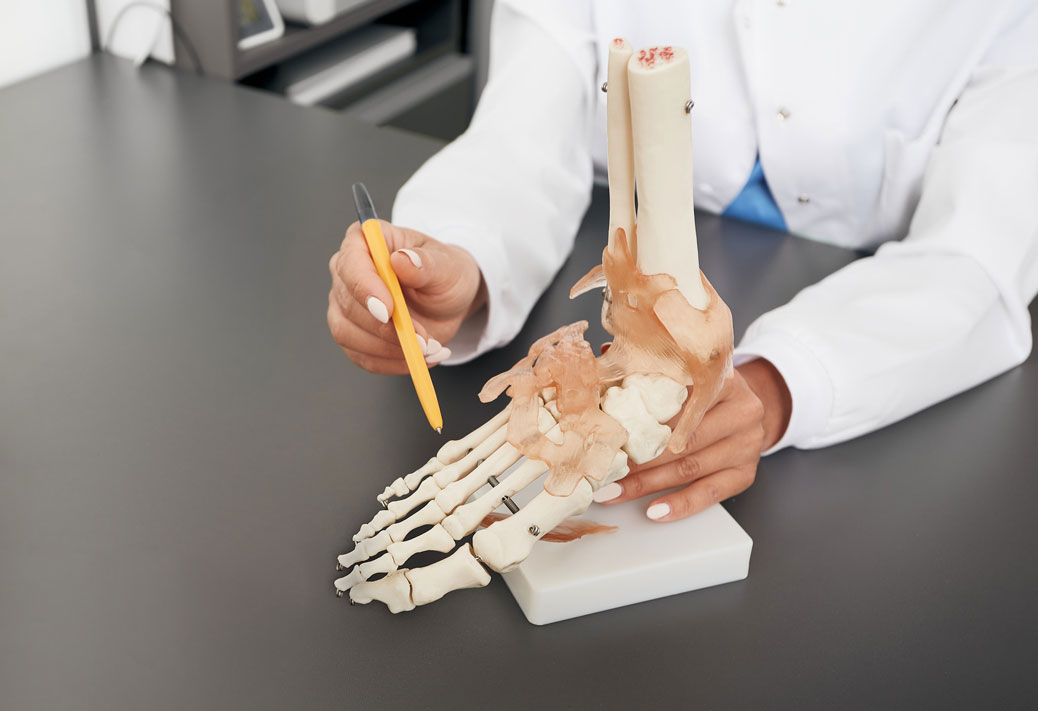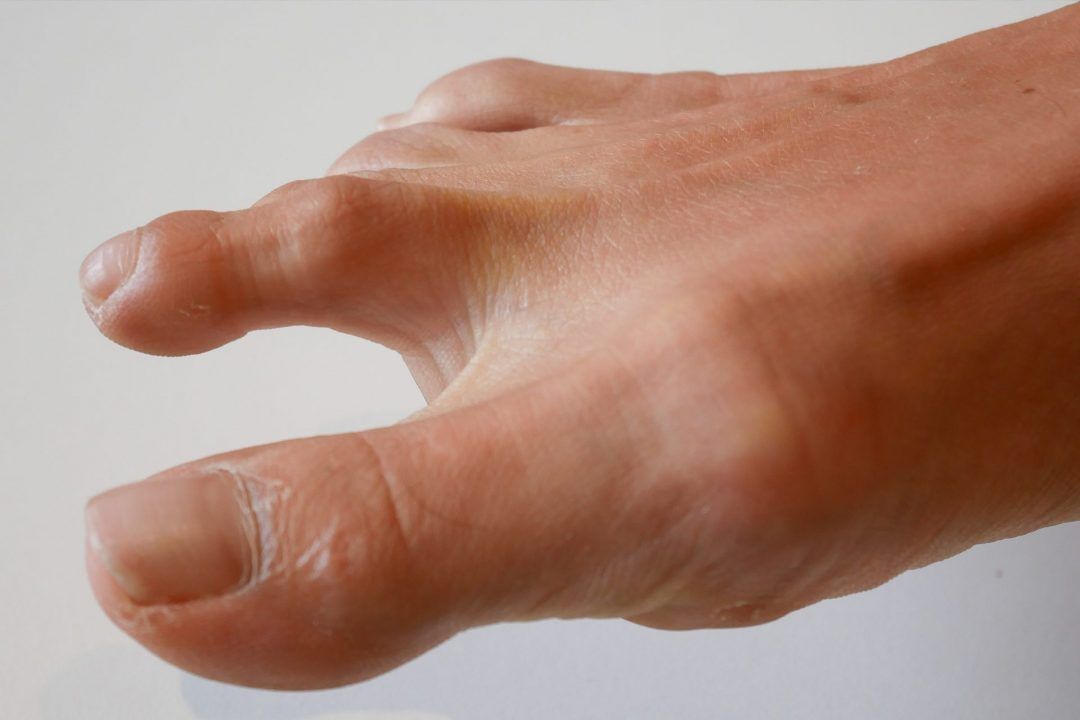Table of Content
As the toe moves away from the ground, you may develop a hammertoe. In severe cases, you may have difficulty fitting into shoes. On the bottom of the four lesser toe joints, there is a ligament between the base of the toe and the metatarsal behind the joint. A weight bearing x-ray is normal procedure and can be useful to have a look at what is called the metatarsal formula.
There are several do-it-yourself exercises that you can perform to speed up healing after a plantar plate tear. The most common examples include toe push-ups, calf raises, balance exercises, and toe flexion exercises. In mild cases of plantar plate tears, home remedies can be used to treat pain and symptoms that may arise. Orthotics can be used to pad the area while weight is placed onto the foot while walking towards the arch of the foot. In addition to our on-site imaging, we have our own brace and orthotic manufacturing, on-site physical therapy clinic, and state-of-the-art operating rooms.
Symptoms of a Plantar Plate Tear
If a person has a plantar plate injury, they will most likely begin to notice pain both underneath and on top of the area of their 2nd toe and their 4th toe. During the exam, the podiatrist will also look for physical deformities in the toes or even move your toes to better analyze the joint. While most cases of plantar plate tear stem from subtle wear-and-tear over several months or years, sudden onset isn’t unheard of. The physical therapist will slowly introduce toe strengthening to allow for better push off and toe/foot stability with walking, climbing stairs, and running. Strengthening the muscles that curl the toes, such as with toe towel scrunching activities, can provide improved stability of the MTP joints. Given this anatomy set up, the plantar plates play an important role in stabilizing the toes, especially toes two, three, four, and five.
75% of American adults surveyed in 2018 revealed their struggles with foot issues, ranging from funky odors and bunions to high arches and physical deformities. Dr. Baravarian was great in explaining to me the window of time I have as a 51 year old to increase mobility in my left big toe... Dr. Baravarian performed a complete exam, carefully and thoroughly explained his findings and his plans to correct my ankle lax... I have had issues with my feet since childhood and it took decades to find Dr. Franson and his wonderful support staff. The toe itself may have a tendency to “pop up” or drift side to side, creating a “V” shape with the neighboring toe.
How to Prevent Plantar Plate Tears
If high pressure is placed on your metatarsals repeatedly, you can develop a plantar plate tear. Plantar plate tears are typically caused by microtrauma due to a sports injury or an imbalance. When one of these instances occurs, it can cause the connective tissue running through the sole of the foot to become inflamed, stretched, or torn. As a result, individuals with a plantar plate tear often experience pain in the ball of the foot, joint instability, crossover toes, or dislocations.
There are various surgical techniques that can be performed to repair the plantar plate tear, correct the toe deformity, and relieve pain. Your surgeon will explain your options and recommend a treatment plan based on the severity of the injury and your goals. The answer is yes, if you follow a long term plan, tape your toes, and reduce the weight from the ball of the foot region.
All You Need to Know About Foam Rollers: How-To, Health Benefits and More
If left untreated, the pain and deformity may worsen over time. Make an appointment with a foot and ankle orthopaedic surgeon if you suspect you have a plantar plate injury. Your surgeon may also demonstrate a specific taping technique that will hold the toe in a good position and help relieve pain.

Pain in the bottom of your foot can be a stop sign for most activities. If you have ever experienced a painful condition in the morning after waking up or while standing or walking for hours, you know what I am talking about. Looking for an effective way to relieve pain from plantar fasciitis? Get 15% OFF on ProPlantar Dorsal Adjustable Night Splint using coupon code PRO15. Grade 1 plantar plate tear is where the plate was torn by less than 50%.
What are the treatments for a plantar plate tear?
An MRI or an Ultrasound scan are best placed for an accurate diagnosis of a Plantar Plate Tear. An ultrasound is more easily accessible and cheaper while an MRI is marginally more accurate but both of them are good options. An x-ray in weight-bearing can be useful for identifying a subluxation and for ruling out other pathologies. That will support the front of the foot and assist in preventing the deformity from recurring.

If the tissue tears completely, we can call it plantar fascial rupture. Since the plantar fascia consists of many fibers, these fibers can partially tear. A partial tear in the plantar fascia is very uncommon and likely to arise through overuse and as a cause of plantar fasciitis. Complete tears of the plantar fascia are more common and oftentimes a result of a sudden force or injury.
The recommended treatment for a plantar plate injury typically depends upon the severity of the injury. Athletes and runners should have their feet evaluated by a specialist to see if they are putting additional load on the forefoot. If so, custom orthotics can help prevent many issues that they may encounter, including plantar plate tears.

There are three basic plantar plate tear grades, or stages. A first stage, or heel spur, lasts anywhere from a few weeks to a month or two at the most. This is the time period during which the heel pain will be the most intense and recovery time will be the most difficult. A second stage, or tibial plateau, lasts from approximately six weeks to six months. The first step in the treatment of a ruptured MTP joint is to reduce all pressure and take away any weight that is placing pressure on the joint.
This helps to increase blood flow to the injured area, in order to aid in the healing process. It is much more difficult to treat chronic tears of the plantar plate. In the early stages of a plantar plate injury, conservative treatments can be successful. The first step is to identify and stop the activity that is causing the injury. A ligament attaches a bone to a bone, and the Plantar Plate is a strong ligament that spans across the forefoot connecting to the joint capsule of each metatarsal head. The primary function of the Plantar Plate is to provide stability to the joints of toes 2-5, and it also acts as an attachment site for the Plantar Fascia.

In mild cases, there might be no apparent deformity to the toe and a patient may experience either a dull ache or sharp pain. As the plantar plate tear increases over time, the toe will shift up and/or to either side. In these more severe cases, dislocation of a toe at the metatarsophalangeal joint may cause excessive pressure on the metatarsal head. Treatments for this foot condition involve surgery and conservative care. You should also wear properly fitted shoes to prevent the injury from worsening. You can check out ourbest shoes for the plantar fascia to heal your plantar plate tear and you can know about “Are Oofos Good for Plantar Fasciitis“.
As an injury progresses, cartilage in the joint may degenerate, which can lead to an arthritic condition and greater pain. Depending on the severity of your plantar plate tear, the doctor may recommend you refrain from walking barefoot to avoid aggravating the tear. Ultrasound is also helpful for diagnosing the foot condition. The plantar plate tear is graded from 0 to 4 depending on its severity. Grade 0, being the least severe, is where the plate fibers are somehow stretched. Yourplantar plateis prone to injury, including rupture or tearing.


No comments:
Post a Comment